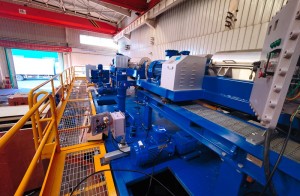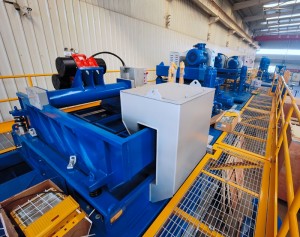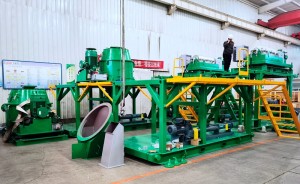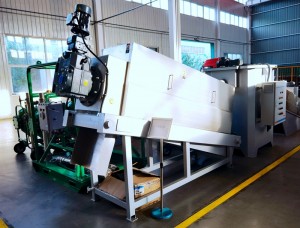As is known to all, a vacuum pump is a powerful pump which is suitable for different applications. Because it can transfer material with large particles or large solids content, it is also called a solids pump. It is fully air-driven by connecting to an air compressor. The working principal is to suck in the material with the negative force and push the material out with a positive force.
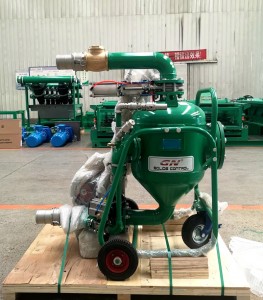
If it is operated in correct method, it can reach a quite ideal performance. Here are some tips:
1. Suitable air supply for the vacuum pump:
There are 2 requests to meet for the air compressor: pressure between 0.6~0.8 Mpa, and a large enough air volume.
In some cases, although the air compressor can produce an air pressure of 0.6 Mpa or above, during operation, reading on pressure guage is only 0.4 or 0.5Mpa.
This problem could be solved by reducing the air hose length from air compressor to the pump, or using a larger diameter air hose.
Another option is an air container. Since the ideal operating air pressure should be stable around some value between 0.6 to 0.8 MPa. In some cases, when the air supply from an air compressor is not stable, you can use an air container matching to the air compressor. It is located in between the compressor and pump.
2. Time setting for loading and discharging:
For both loading and discharging, there is a time range from 0 to 30 seconds. This time setting can be adjusted during operating, which depends on many factors including material character, distance, pipe diameter and etc.
For example, if the sucking time is set at 25 seconds, and when pump is sucking, at first the material goes quite quickly, then it slows down gradually.
When the material moving nearly stops, the pump is almost full. You read the time and you can set the sucking time accordingly.
During discharging, make sure the material is fully pushed out from the discharging hose. Don’t leave heaps of material to stop at half. In that case, it will hinder the later sucking and discharging.
You can contact GN Solids Control, the vacuum pump manufacturer, for more information.
